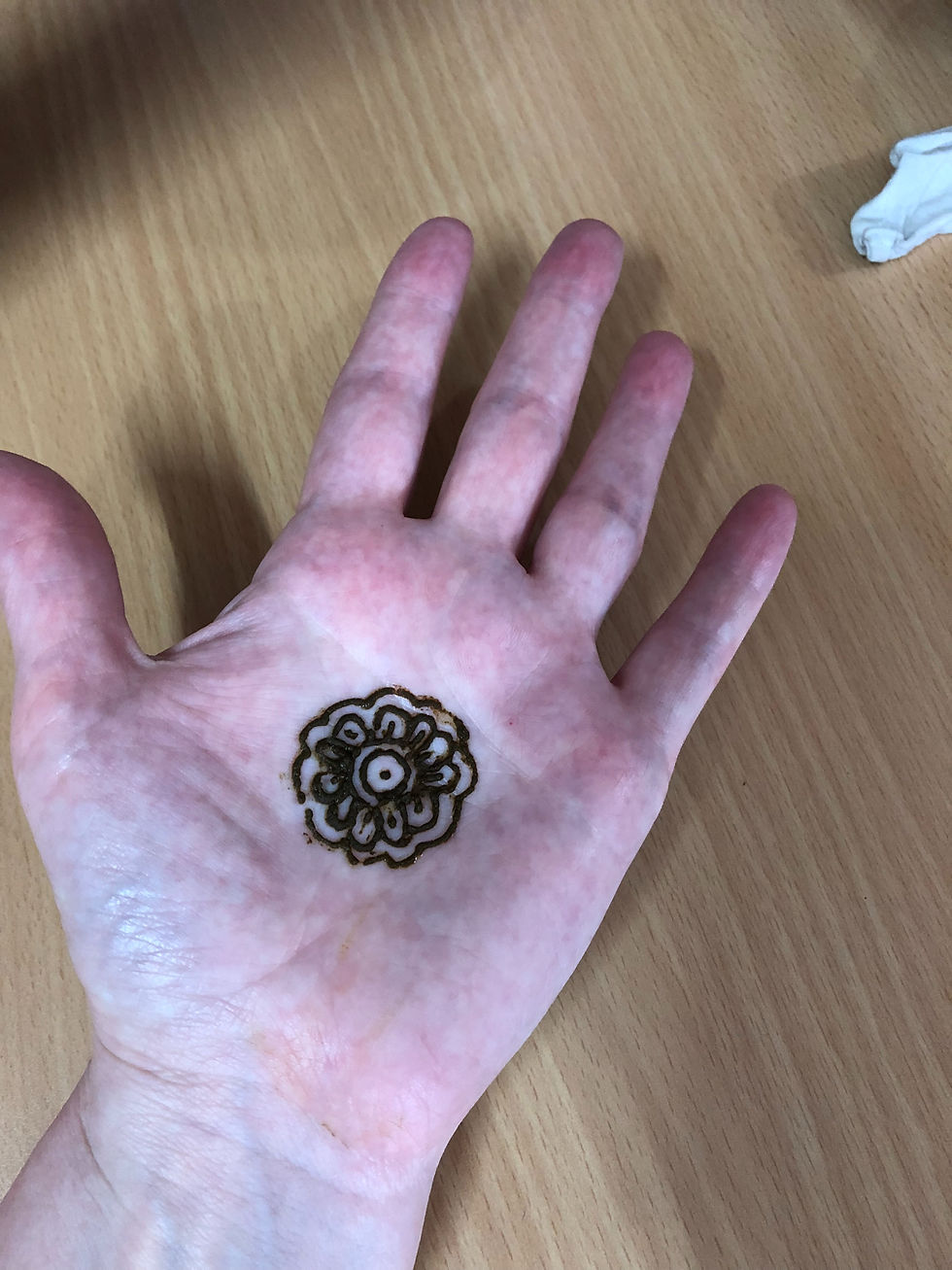What's In a Name?
- Bernadette

- Mar 1, 2018
- 2 min read
I’m finally in Gurgaon, I mean Gurugram! In India, there is interesting history about the names of cities.
When I first visited India ten years ago, I went to Bangalore. While there I learned that it was also called Bengaluru. I assumed it was a language thing, that the name was different because of the local language version versus a more Anglicized version.
But I only had it partly right! It wasn't only a translation issue, it was a historical and cultural one too. It turns out that the names I knew reflected the years when India was under British rule until its independence in 1947.
Over the years, the Indian government has been adjusting the names of cities: Bombay to Mumbai (1995), Bangalore to Bengaluru (2006), and then Gurgaon to Gurugram.
This area of northern India was historically known as the education center for princes, as the land was purportedly gifted long ago to a royal guru of warfare, and became known then as Gurugram.
“With the origin of Gurgaon's name tracing back to ancient Hindu scriptures, the land is believed to have been owned by the legendary rulers Pandavas and Kauravas, who presented it to Guru Dronacharaya, their royal guru for warfare, as an appreciation of his training.” India Times
In April 2016, the Chief Minister of Haryana (the state that Gurugram is in), Manohar Lal Khattar, approved the change in name to better reflect Gurugram’s history.
But why do people still call it Gurgaon? Well, I suppose because change is hard! As humans, we tend to stick to what we are comfortable with, and of course there will be cost to bear over time to change signage, maps, references, etc., globally! You’ll see the name Gurgaon in some of my photos.
Cheers to Gurugram and its future, whatever you call it!







Comments